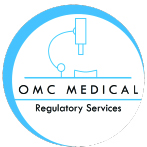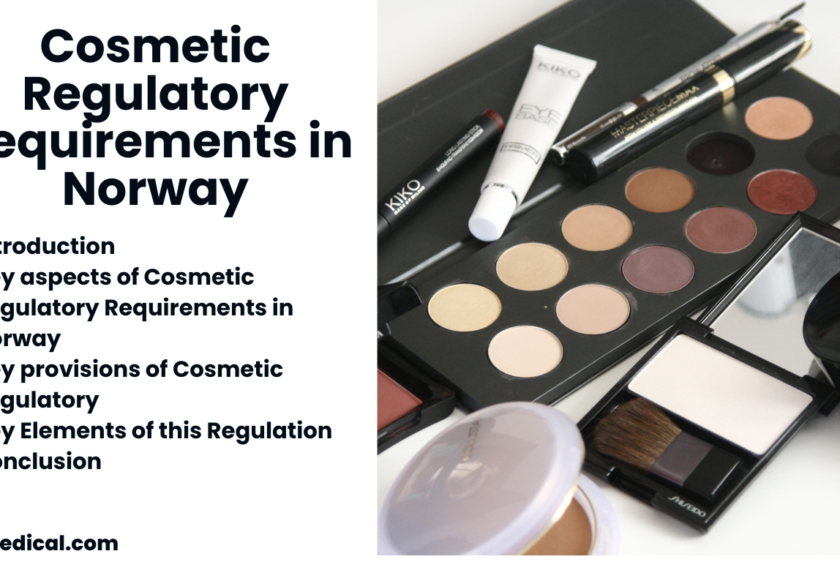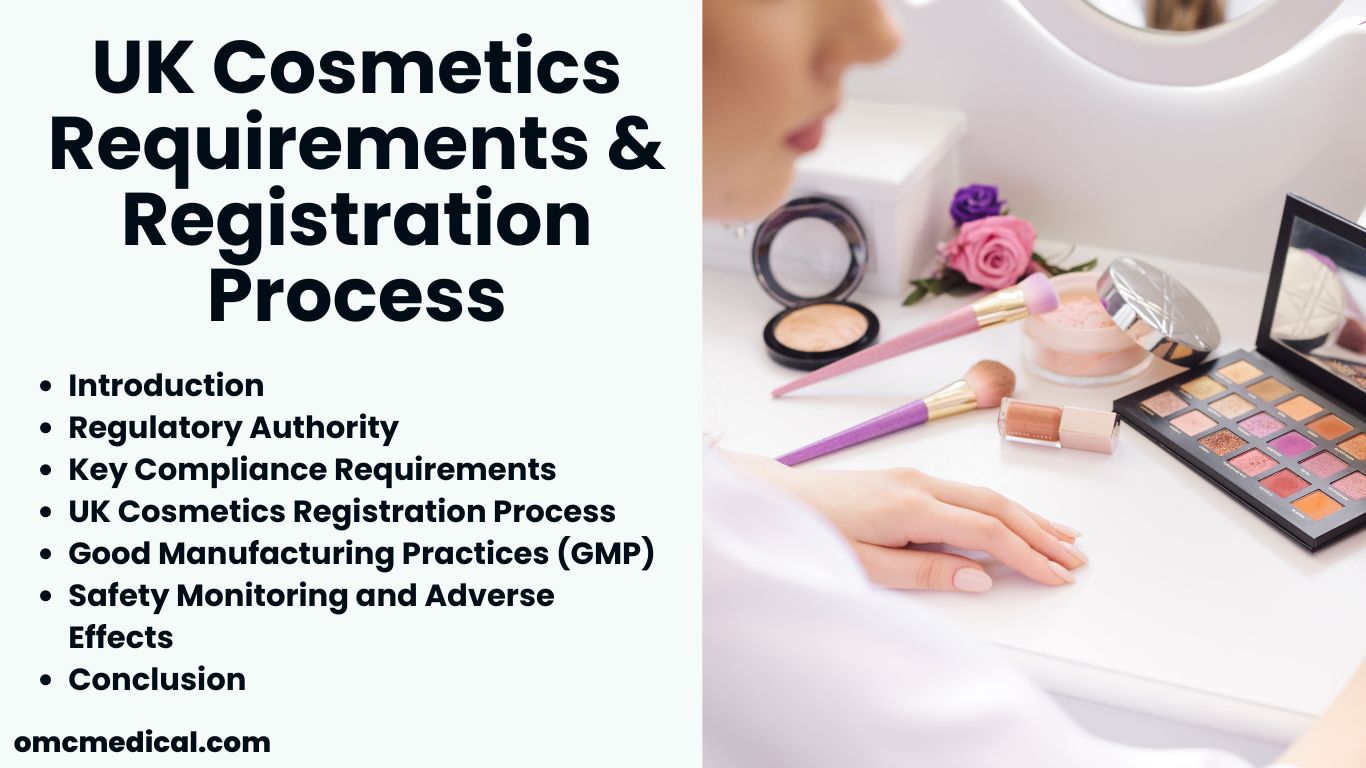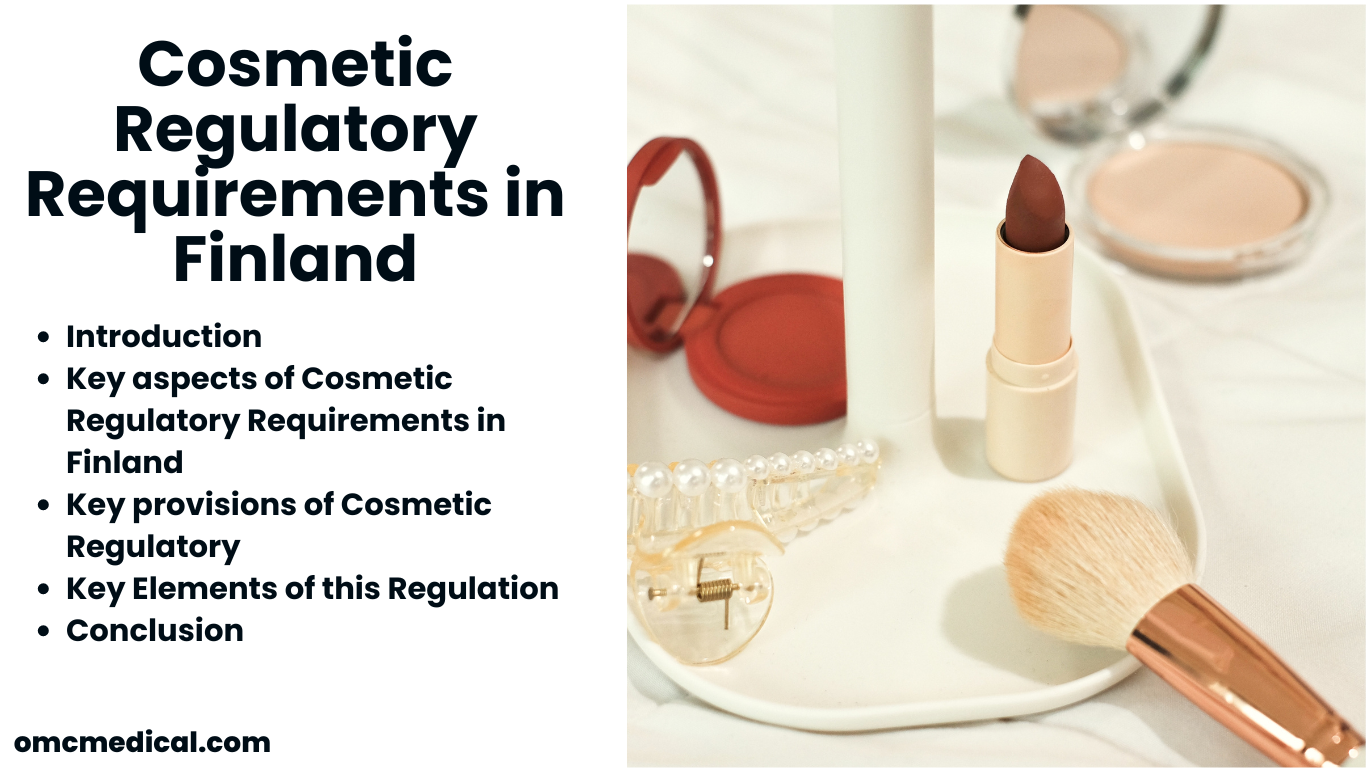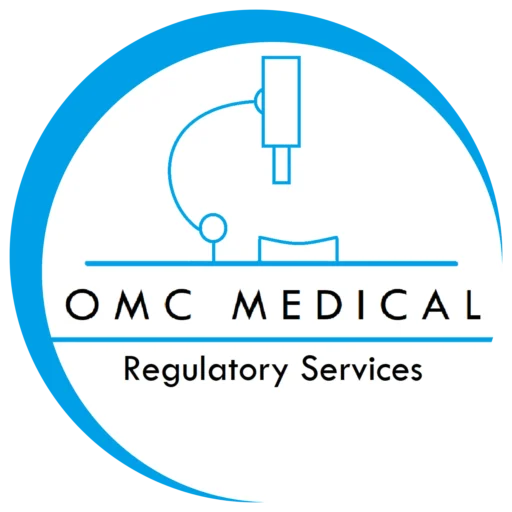Cosmetic Regulatory Requirements in Norway are regulated under the framework of the European Economic Area (EEA) agreement, which aligns Norwegian regulations closely with those of the European Union (EU). The primary regulation governing cosmetics within the EEA, including Norway, is Regulation (EC) No 1223/2009 on cosmetic products.
Norwegian Medicines Agency (NoMA)
In Norway, the regulatory authority overseeing cosmetic products is the Norwegian Medicines Agency (NoMA). NoMA is responsible for ensuring compliance with Regulation (EC) No 1223/2009 and other relevant legislation concerning the safety and quality of cosmetics.
Language Requirements
All mandatory information on the cosmetic product label must be provided in Norwegian. This includes product name, ingredients, usage instructions, warnings, precautions, and any other required particulars.
Adverse Event Reporting
Adverse event reporting for cosmetics in Norway aligns with EU regulations, emphasizing the importance of promptly reporting serious incidents to the competent authority. Manufacturers and distributors must ensure compliance with these requirements to maintain product safety and regulatory compliance in the Norwegian market.
Product Safety Assessment
Cosmetic products must undergo a safety assessment conducted by a qualified person before they can be placed on the market. This assessment ensures that the product is safe for human health when used under normal or reasonably foreseeable conditions of use.
Market Surveillance
NoMA conducts market surveillance activities to monitor compliance with cosmetic regulations in Norway. This includes inspections, sampling, and testing of cosmetic products to verify safety and adherence to regulatory requirements.
Key Provisions of the Cosmetic Regulatory Requirements in Norway
The Regulation (EC) No 1223/2009 on cosmetic products, which came into effect on July 11, 2013, replaced the Cosmetics Directive 76/768/EEC. The main objectives of this regulation are to ensure the safety of cosmetic products and to streamline the requirements across the EU member states.
Key Elements of this Regulation
Safety Assessment
Before a cosmetic product can be placed on the market, it must undergo a safety assessment conducted by a qualified safety assessor. The safety report is part of the Product Information File (PIF).
Product Information File (PIF)
Every cosmetic product must have a PIF, which includes detailed information about the product, such as the safety assessment, product description, manufacturing method, proof of the effects claimed, and data on any animal testing performed.
Notification
Cosmetic products must be notified to the EU Cosmetic Products Notification Portal (CPNP) before being marketed. This centralized database is accessible to competent authorities for market surveillance and emergency purposes.
Labelling
The product label must include the name and address of the responsible person, the country of origin for imported products, the nominal content, the date of minimum durability, precautions for use, the batch number, the product’s function, and a list of ingredients.
Cosmetic Good Manufacturing Practices (GMP)
Compliance with Good Manufacturing Practice, as outlined in ISO 22716, is mandatory to ensure the quality and safety of cosmetic products.
Nanomaterials
Special provisions apply to nanomaterials used in cosmetics, including specific labelling requirements and notification to the European Commission.
Conclusion
Norway, as part of the EEA, adheres to the stringent regulatory standards set forth by Regulation (EC) No 1223/2009 to ensure the safety and quality of cosmetic products placed on its market. Manufacturers and distributors must comply with these regulations, including safety assessments, notification procedures, labeling requirements, and adherence to good manufacturing practices.
By following these requirements, Norway maintains high standards for consumer safety and product quality in the cosmetics industry.
